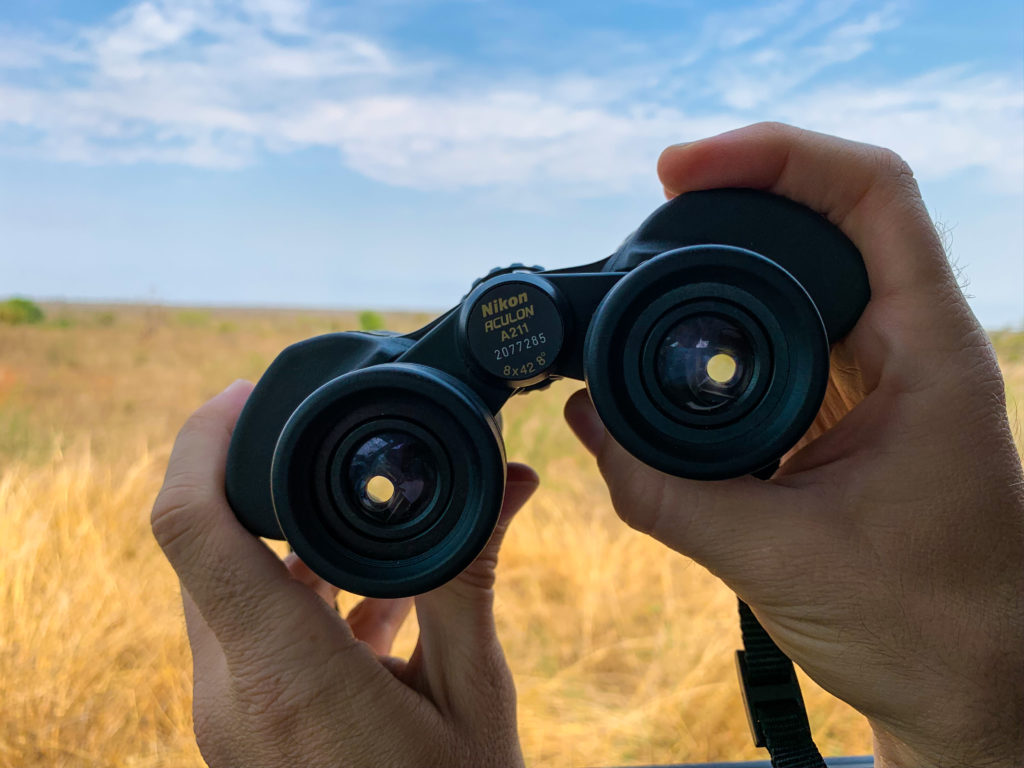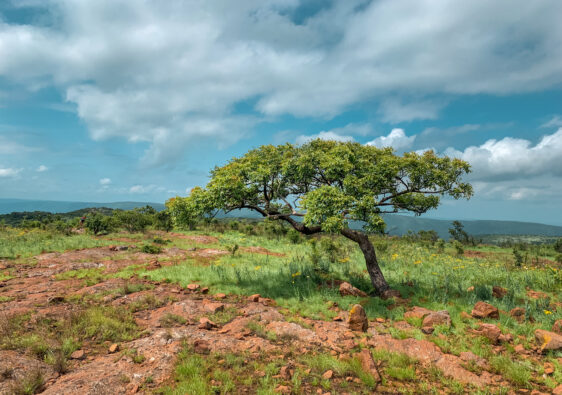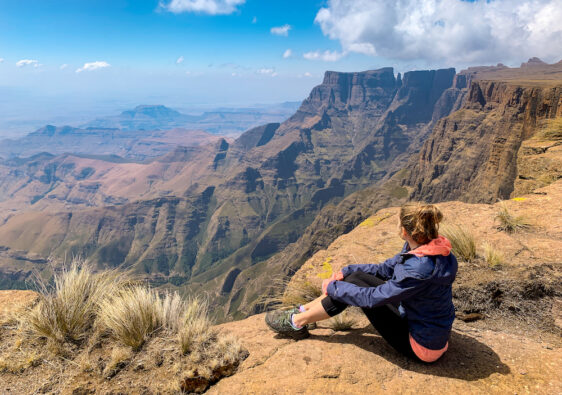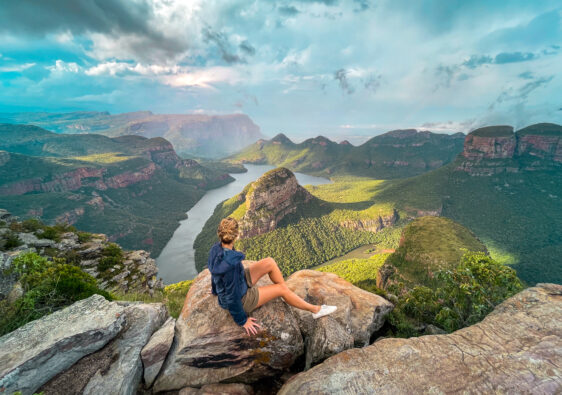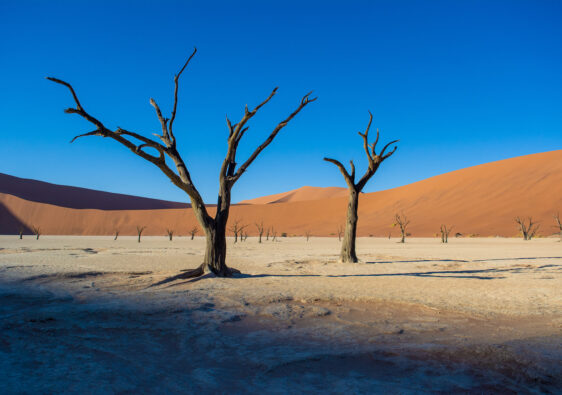At 19,485 km² Kruger National Park has a total land area greater than the entire Island of Ireland. It’s huge. Which means if you want to see wild animals, you will need to plan wisely. Ideally, you’d spend a few weeks in Kruger to take the time to relax to the slower pace of life there and give yourself the opportunity to see as much as possible. Kruger is also extremely affordable as safari locations go. It only costs about 25 USD for international visitors per night to visit.
In fact, I strongly believe Kruger is a fantastic place for a working holiday. Since the wildlife is mostly only active at sunrise and sunset, you can easily go for an hour drive in the morning and evening, and still make it to all your Zoom meetings. Just beware the internet can be a bit patchy in some areas, but in a camp like Skukuza, you shouldn’t have any more issues than other parts of the world. (I can’t vouch for electricity though – South Africa has been struggling to provide power 24/7 these days.)
However, if you can’t work remotely or don’t have endless time to spend, it’s still possible to see many wild animals in just 3 or 4 days in Kruger. To find out how, read on.
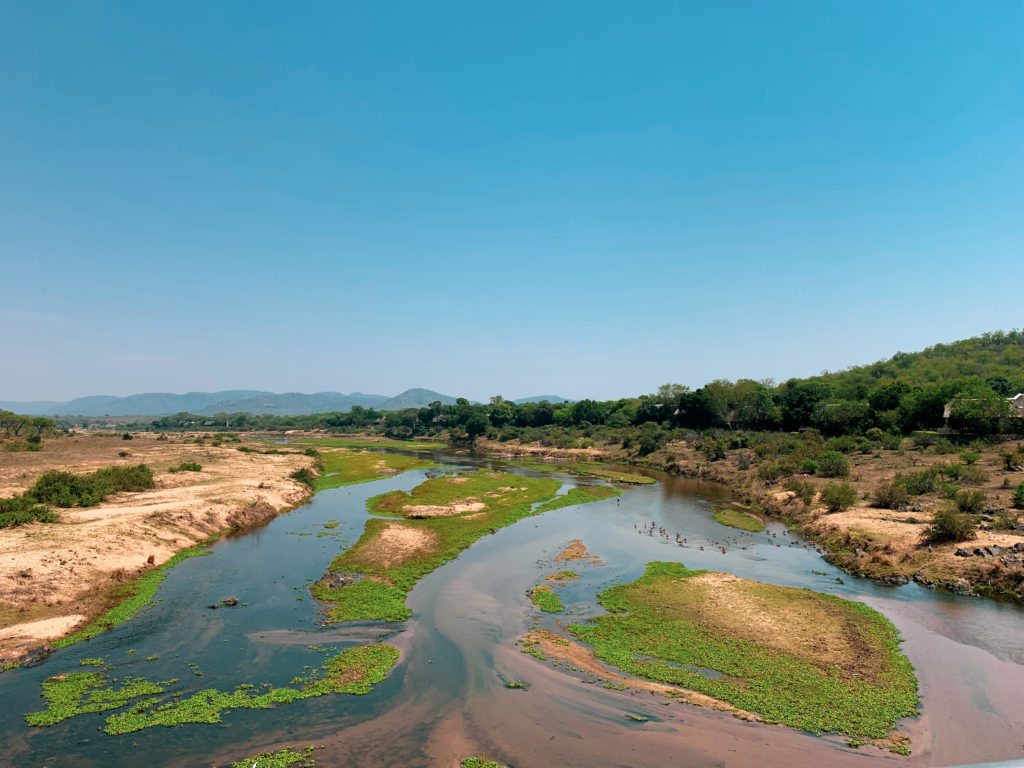
Pro-tips to Seeing as Much Wildlife as Possible in Kruger
Tip number 1 – Stay in the SanPark accommodation in Kruger. It’s not as nice as the private lodges outside the park, but the perk is that you will overnight directly in the park. One night while we were camping at Crocodile Bridge, we had a hyena pass by us (on the other side of the fence) while we were making dinner. If you stay in the park, not only are you already deep in the wildlife areas, but you also can access the roads throughout the park an hour earlier than all of the day visitors.
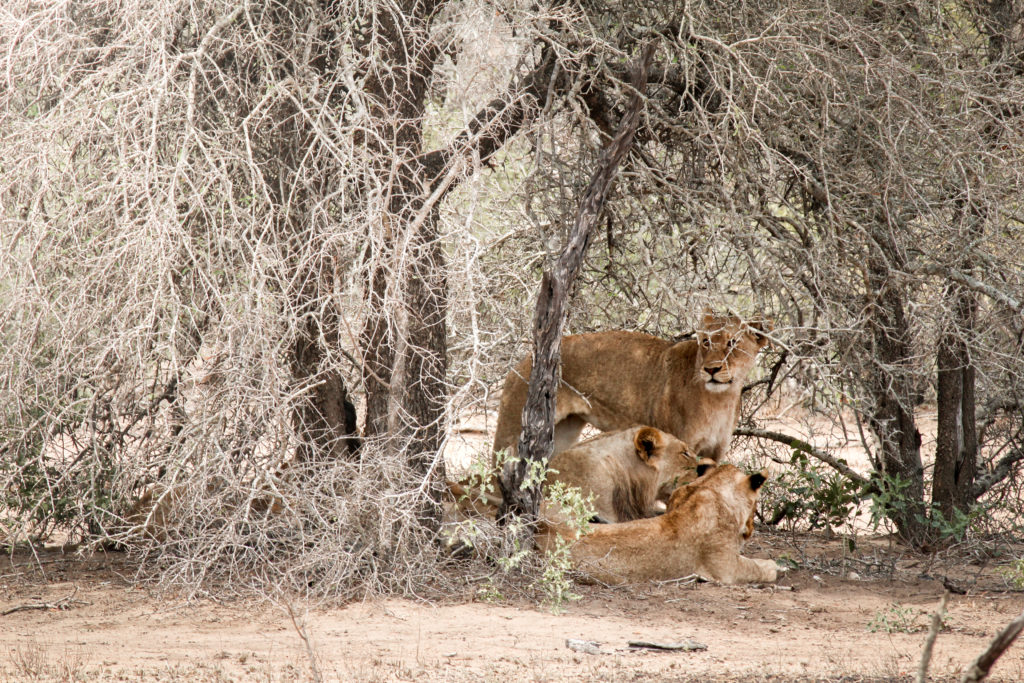
Tip number 2 – Check the sunrise and sunset gate times. Most animals, like lions, cheetahs, rhinos, and leopards, are active at sunrise and sunset when the temperatures are cool. So you want to aim to drive during sunrise and sunset times. If you go during the day, you might only see a few elephants, zebra, and impalas – if you get lucky to see that much. If it’s too hot (30C/90F+) you might not see anything. Be at the gate ten minutes before the gate opens in the morning to get out early, and aim to do a sunset drive about 1.5 to 1 hour before the gates close. The gate times are listed here.
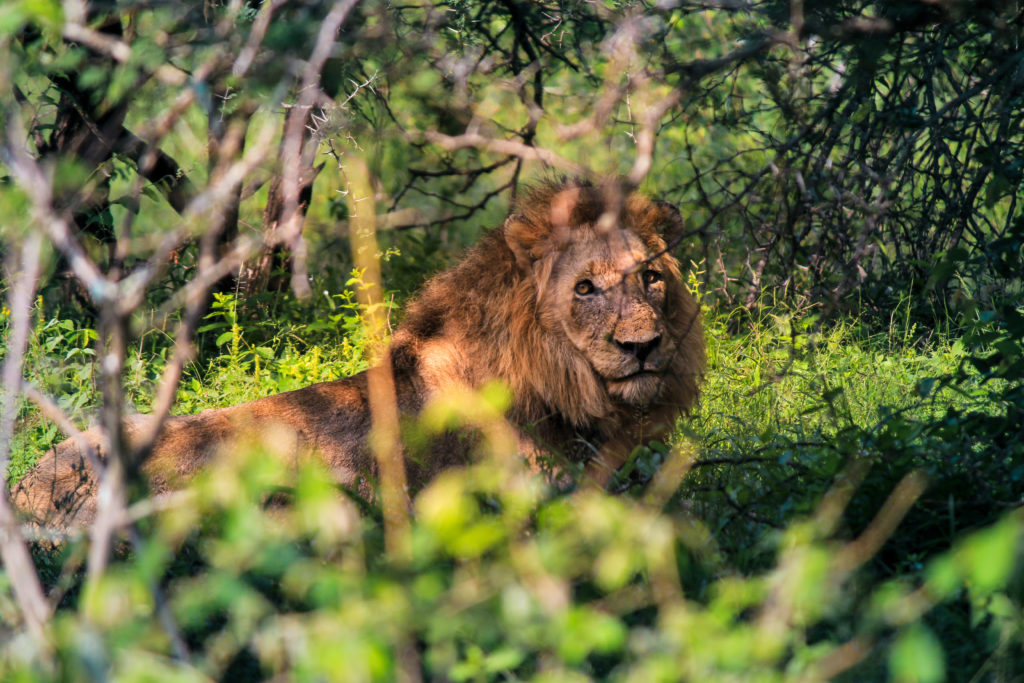
Tip number 3 – Do a sunset or night game drive with the SanPark tour guides. They know a ton about animals and they know where you will most likely see them. There’s no point in booking a sunrise drive, because you can do this yourself. But the sunset/night drives are worth the money because you will be on the roads after the gates close. Plus you will see animals you wouldn’t during the day, like pythons, hippos walking about, and other nighttime animals.
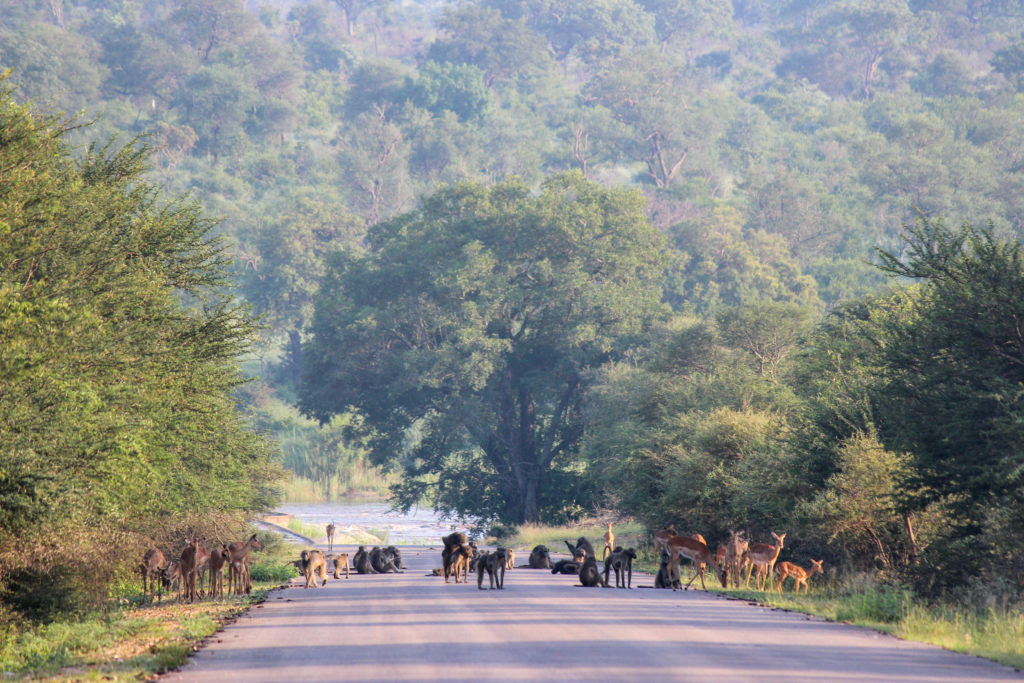
Tip number 4 – Do not underestimate how long it takes to drive short distances in Kruger. You can only drive a max of 50 km/h on tarred roads and 40 km/h on gravel roads. In reality, you’ll be even slower because you’ll be stopping all the time to look at animals. You might also find yourself in a traffic jam, like we did when several hundred water buffalo crossed a road for about half an hour between us and our way to the airport. And if you rush through, you will be driving too fast to spot the lions in the bushes. Plus you don’t want to accidentally hit the animals you were looking for.
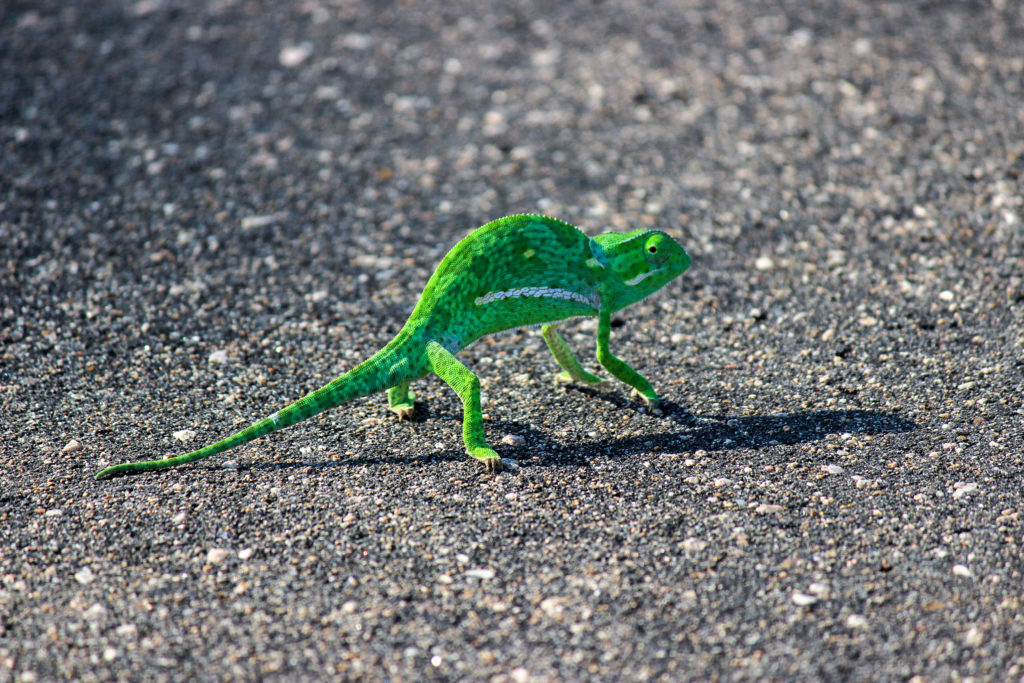
Tip number 5 – If there was heavy rainfall, avoid the small roads and any low-hanging bridges. When it rains in Kruger it feels like the heavens have opened up and an entire ocean is dumped out. It is torrential. Your windscreen wipers are useless here. And you do not want to get stuck in deep water in a crocodile infested river just because you tried to cross a low bridge.
Tip number 6 – Keep an eye on your tank reader and fill up at fuel stations at the rest camps when you can. You don’t want to be pushing your car in Kruger. Remember, there’s more than zebras out there.
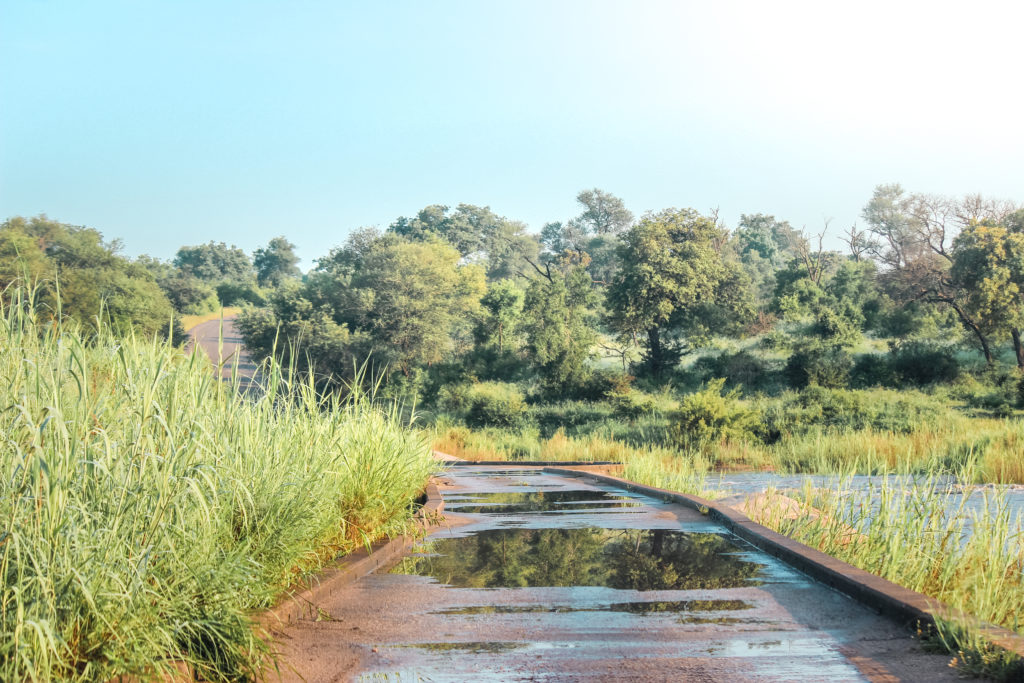
Where in Kruger You’re Most Likely to Spot Animals – A Route Plan
Talamati, Lower Sabi, Berg-en-Dal: the holy trinity of rest camps in Kruger. You could of course choose to stay at other locations, but staying at these will give you a mix of landscapes and animals. Plus they are all conveniently on a route running from north to south.
Day 1 – Talamati
If you are coming from Johannesburg (which you probably are), you should head to Kruger via a day along the Panorama Route. And then you should drive to Talamati via the Orpen Gate in the afternoon.
If you don’t already own a Kruger road map, buy one here at Orpen rest camp. Trust me – you will need it.
You can check into Talamati before heading back out for a short sunset drive. Talamati is great for spotting lions, elephants and leopards, amongst numerous grazing animals.
Talamati is a relatively small bushveld camp with very few people. Unlike the larger rest camps, there are no shops, Internet, or swimming pools at this location. There are several modest one and two-bedroom cottages. Each comes with a kitchen, private bathroom and braai area. There are fans in the rooms. The real selling point of this location is that it has a hide overlooking a watering hole where you can spend hours sitting at watching various animals come and go from the water. You can even sit here at night with your flashlight and see what is coming around.
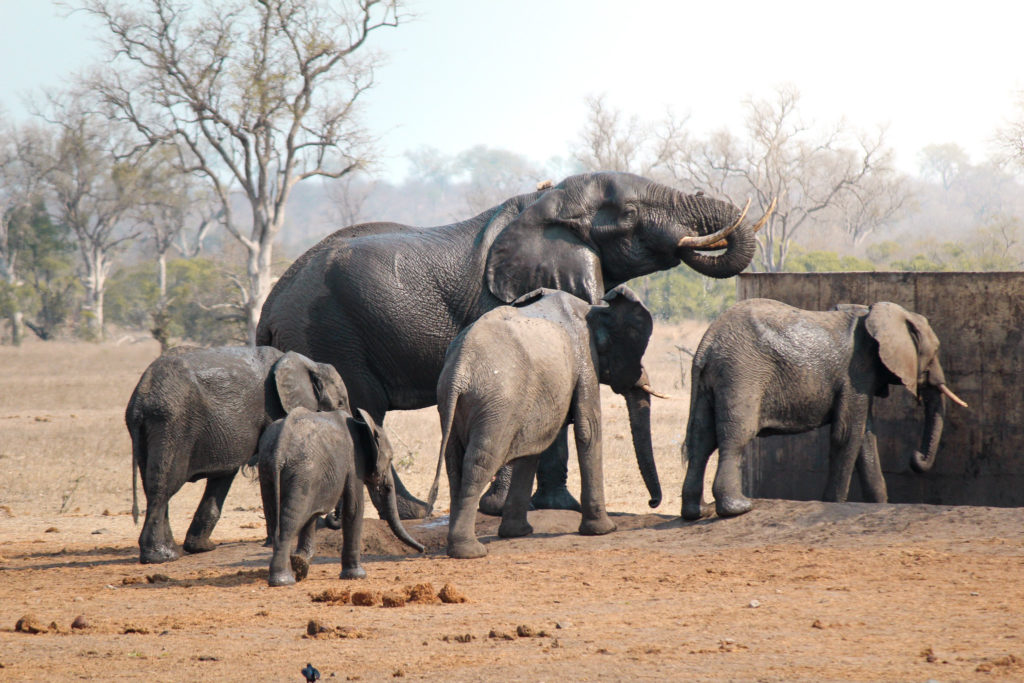
Day 2 – Lower Sabie
At sunrise, with your car fully packed and ready to check out, you will exit Talamati and head towards Lower Sabie. Drive back north to the Orpen-Satara (H 7) road and follow this east towards Satara. Aim to stop for a breakfast break at Satara rest camp (there’s a picnic area and a staffed cafe there). Drive south along H1-3 towards Orpen Dam – there’s a lookout point where you can see a bunch of crocodiles. From here, continue along H-10 to Lower Sabie. You can take deviations along the way. We saw an extremely rare black rhino at one of the viewpoints along here.
You can check into Lower Sabie before heading back out for a short sunset drive. Make sure to check out Sunset dam – you should see plenty of hippos here. On the bridge by Lower Sabie you can find crocodiles. Along the river, you can often spot lions. We saw several leopards and owls as well.
Lower Sabie is a larger rest camp with many facilities including a Mugg & Bean cafe, swimming pool, laundromat, petrol station, shop with meats and other basic food supplies, and many various styles of accommodation. You can even camp here. We stayed in the huts with shared bathrooms before and these were totally fine (minus the scorpion in our room). The bungalows facing the fence perimeter are also nice – you can braai while looking out at the bush. Remember though, it’s SanPark accommodation (aka, run by the national government parks services) so don’t expect much.
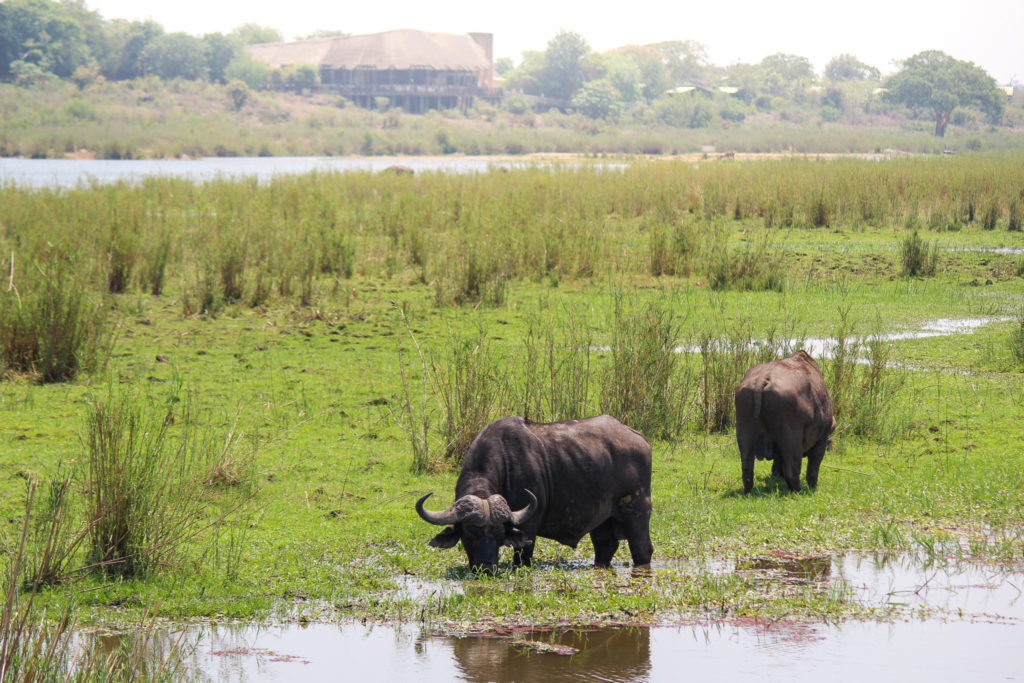
Day 3 – Berg-en-Dal
Once again, start your day at sunrise. That way you combine a sunrise drive with getting to your next destination – Berg-en-Dal. The distance between the two camps is relatively short, but oh so abundant in wildlife. There are many different ways to drive here, but a few of the best roads for sightings are, the S114 for seeing leopards and lions, the roads near Berg-en-Dal are all good for seeing rhinos, and the H4-1 and H4-2 are great for wild dogs. In general, this lower part of the park is packed with animals. The fact that it is also the most visited part of the park by visitors also helps spot animals – just pull up where you see all the cars parked.
There are a few different picnic sites you can stop at along the way, or you can just have a late breakfast at Berg-en-Dal. This campsite has a very large and nice pool for swimming in, so you can spend the day away from the heat here.
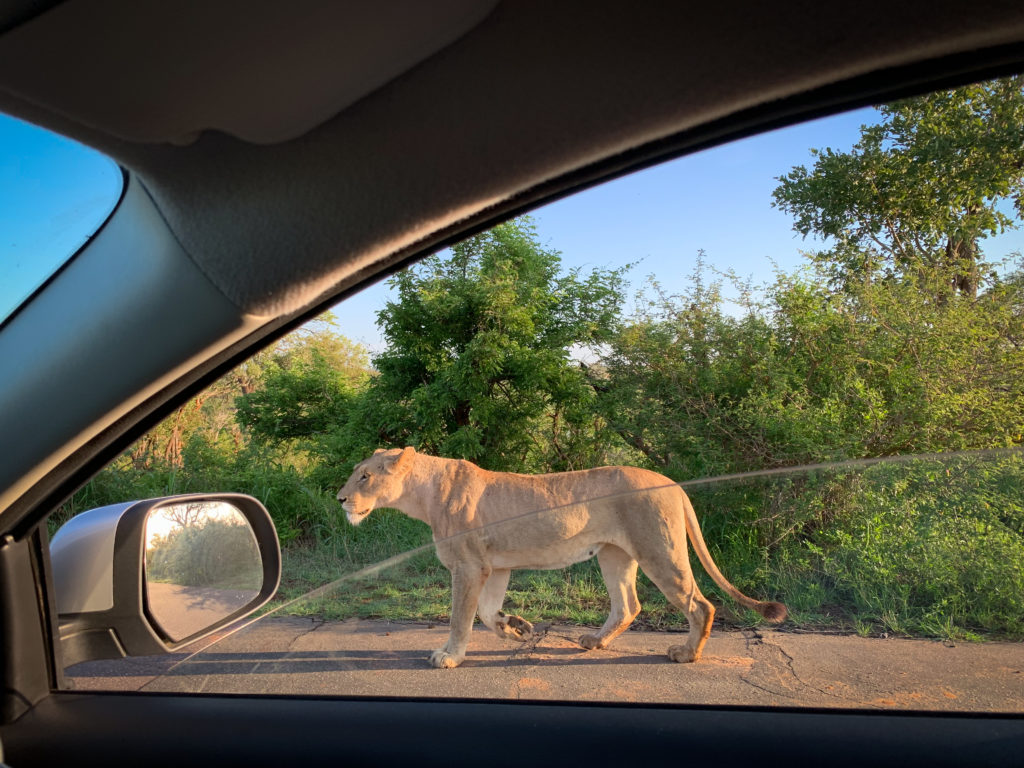
Day 4 – Departure
If you’re heading off for a flight today, you can start your morning with a sunrise drive or sleep in a little. From Berg-en-Dal, it’s only a 5 hour drive back to OR Tambo, or just over an hour to the Kruger Mpumalanga International Airport.
Best Time of Year to Go to Kruger
I’ve been to Kruger in October, December and January. Every single time it was HOT. Like so hot the animals don’t even want to come out. You can pass the same sleeping lion in the morning and still see him sleeping there in the evening. December and January is not only the hot time, but also the rainy season, where hectic thunderstorms tend to gather in the afternoons.
Rumour has it that the best time to visit Kruger is during the dry season. This runs from May to October. The animals are more likely to gather around the watering holes, making it easier to spot them.
That said, I saw the most animals I ever had in two hours on one early December morning (rhinos, lions, leopards, you name it). There’s no bad time to visit.
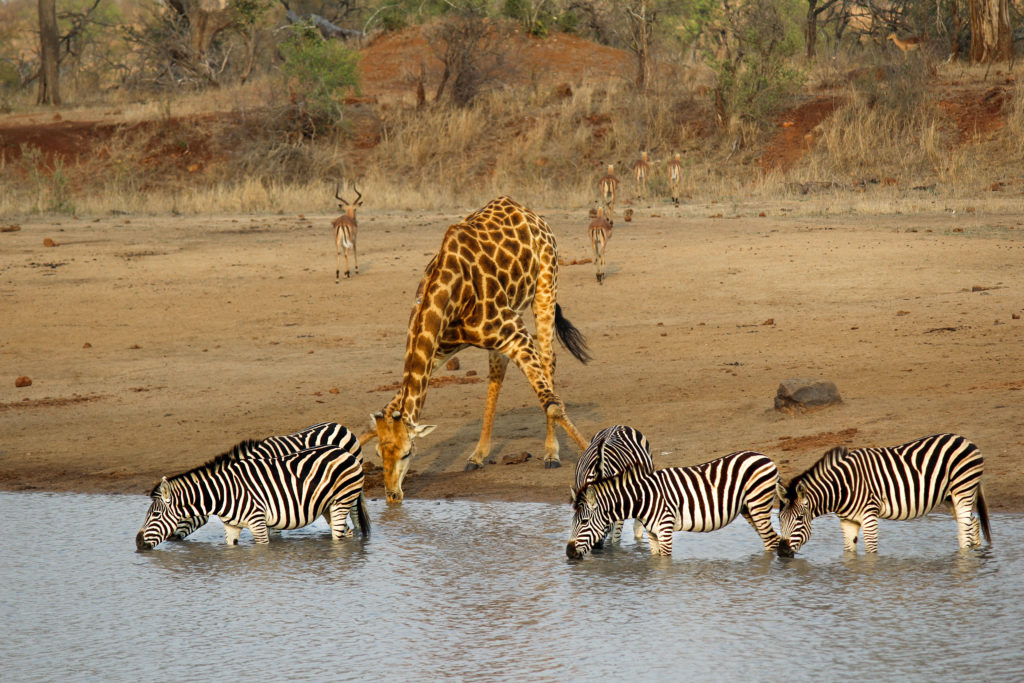
How to Get to Kruger
There are a few ways to get to Kruger if you are coming from outside of South Africa. The fastest way, if you have the cash, is to fly into the Kruger Mpumalanga International Airport and rent a car and drive from there.
The cheapest way it to fly into OR Tambo in Johannesburg and drive to Kruger. If you do this option, and you are flying a short flight from within South Africa, I would recommend catching a flight that gets into Johannesburg by 9am. Arriving this early allows you to drive to Kruger by the afternoon before the gates close. You can make it to any of the southern gate rest camps – Crocodile Bridge, Berg-en-Dal, or Skukuza. And you still have time to get groceries.
Alternatively, if you arrive on an early morning flight, you can visit the Panorama Route (driving from south to north) in a day, and then head to Talamati in the late morning/afternoon the next day.
What Type of Car Do You Need for Kruger
The only reason to consider an SUV is for the height advantage – you can see better over the brush and other cars in an SUV than a normal sedan. But otherwise, a small sedan, like a VW Polo, is totally fine. This is Kruger. Not the African bush. There’s no road that a small car can’t handle here. You don’t need high clearance, not even for the gravel roads around Talamati.
If you can blow the cash, sure, go with an SUV. If you don’t want to splurge but you don’t want to compromise on height, rent a minivan. Otherwise, get a sedan. We have multiple times and it was totally fine.
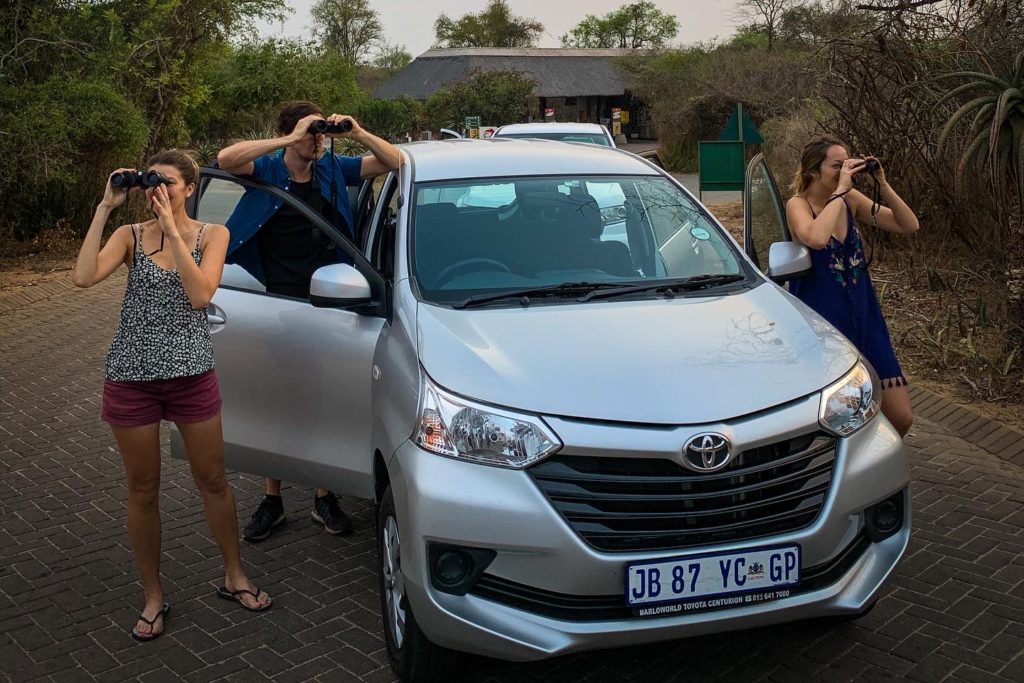
Where to Eat in Kruger
Except for Talamati, there are plenty of places to eat throughout Kruger at the rest camps and picnic sites. However, most people bring food with them and braai (barbecue) in the evenings and have snacks and other food for the day. I would recommend you stock up food (ideally non-perishable) at a supermarket before you head into Kruger. The following supermarkets are all safe to go to nearby Kruger: SUPERSPAR in Acornhoek, Malelane, Komati, and Indlovu (Hazyview).
If you plan to cook your own food, bring tongs (if braaiing) and a braai grid. If you don’t have a kitchen in your accommodation, you’ll need plates, cutlery and pots. It can be easier to just rent a place for the night with an equipped kitchen.
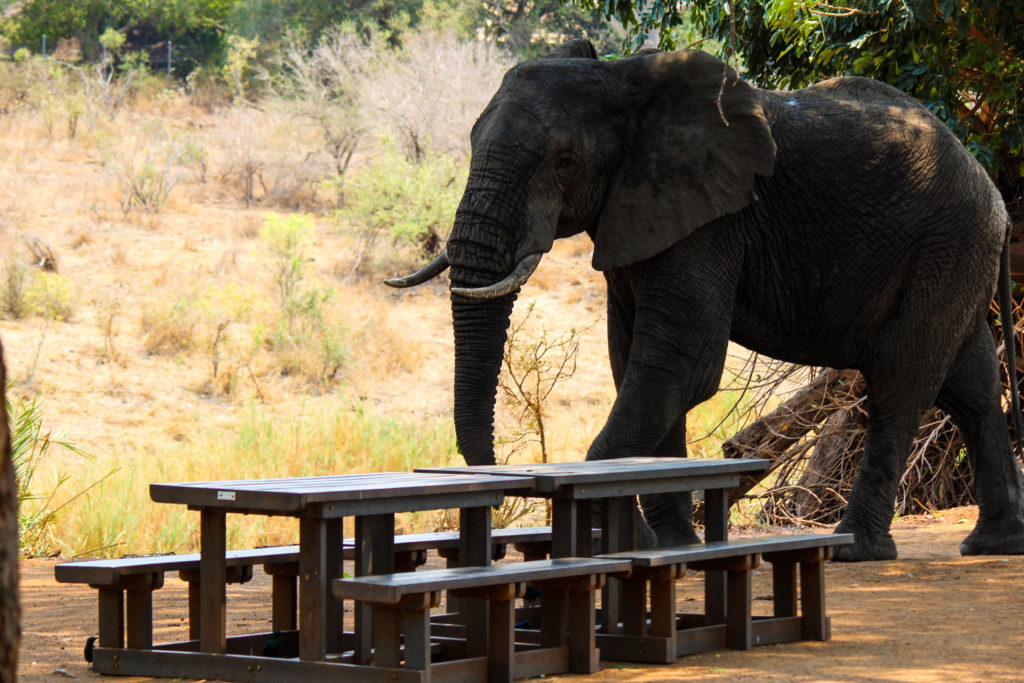
Where to Stay in Kruger
Stay overnight in Kruger Park directly. You can book your accommodation up to a year in advance on the SanParks website.
You can bring your own tent and camp at most of the rest camps for a small fee. Or you can stay in overnight huts, cottages, or bungalows. It depends what the rest camp/bushveld offers.
Like I mentioned earlier, I would stay at Talamati, Lower Sabie and Berg-en-Dal. Skukuza is fine as well (though massive). Crocodile Bridge is small, but fine. And Satara is okay as well. Don’t expect luxury and you will be okay.
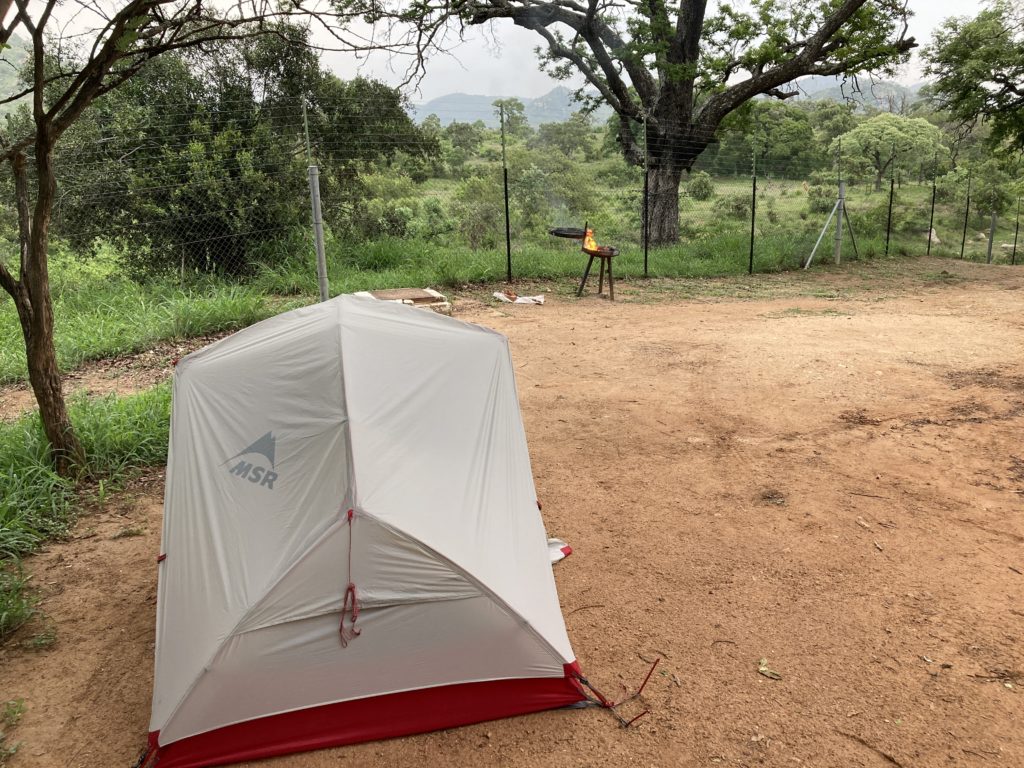
Things to Pack for Kruger
Binoculars – you’ll want a pair to spot animals in the trees (like leopards) or otherwise far-off. If you don’t already own a pair, Nikon 8245 ACULON A211 8×42 are quite affordable and good.
Flashlight – the stronger the better, especially for those nighttime sightings.
Camera with a telephoto lens – trust me, your smartphone is not going to cut it. You’ll be in a National Geographic moment and wishing you had the camera for it. A simple Canon DSLR with a 55-200mm lens is a good start. You can get pretty good second-hand ones.
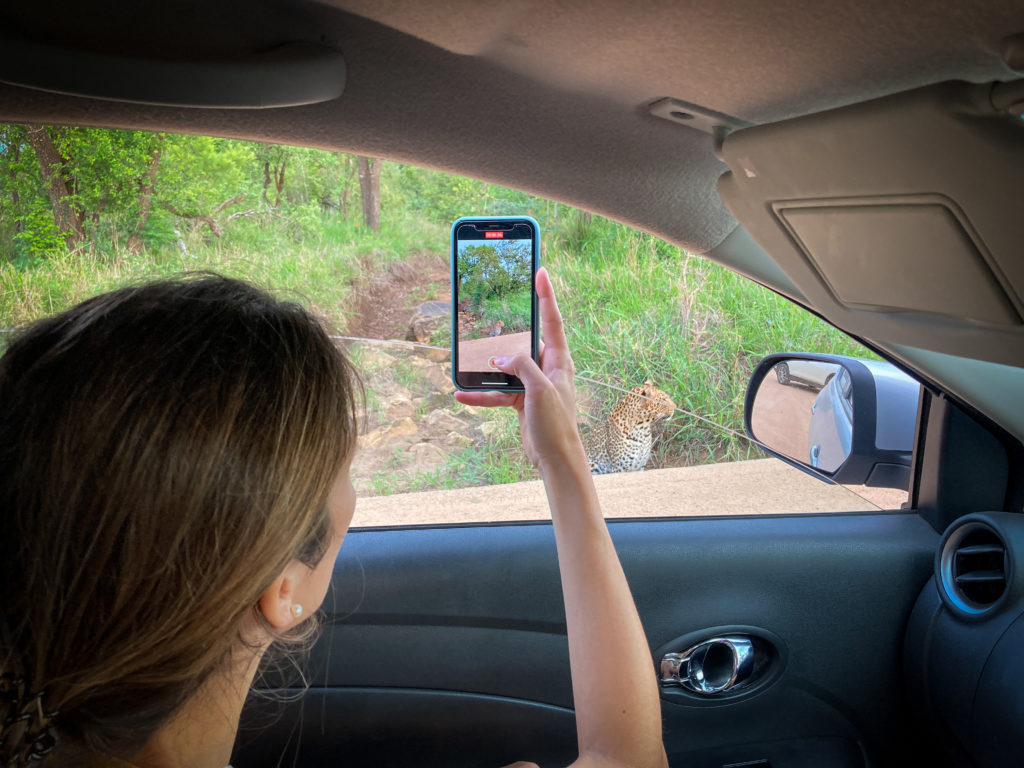
Kruger road map – this has all the major and minor roads in the park, all the viewing points, rest camps, picnic spots and bathrooms, and it has all the estimated driving times so you don’t get caught on the roads after the gates have closed.
Reading material – you might have time in the day to read (unless you are napping).
Bug spray – there are many bugs at night. Be warned.
